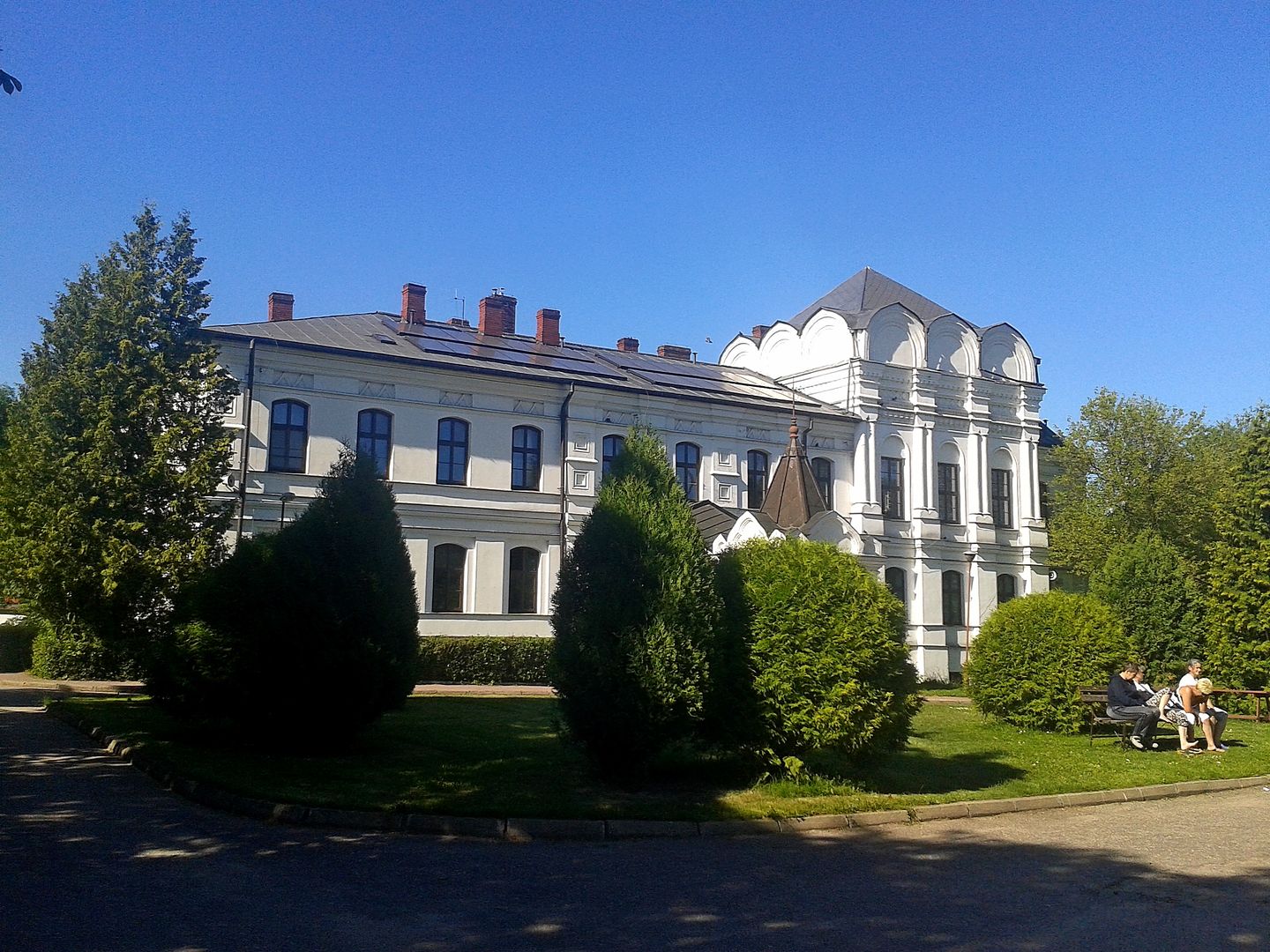Church of St. Anthony of Padua
6.34

Overview
The Monastery of Christ the Savior in Wirów, which operated from 1893 to 1915, was one of the non-contemplative female monasteries established in the western eparchies of the Russian Orthodox Church with the support of Tsar Nicholas II and his wife Alexandra Feodorovna. The architectural complex, built in the Russian-Byzantine style, included residential buildings, churches, and social institutions such as a school, a hospital, and an orphanage, aimed at supporting local residents and promoting Orthodox Russian culture in the territories of partitioned Poland. The monastery was an important pilgrimage center, attracting the faithful, especially during the feast of the Seven Maccabean Martyrs. After 1915, as a result of the nuns' flight (bieżeństwo), the monastery was disbanded, and its buildings were repurposed for the use of the Sisters of the Immaculate Conception (Niepokalanki) and a school. In 1946, they became an orphanage, and since 2010, they have functioned as a social care home. It is also worth noting that many Orthodox tombstones, including the marble tomb of Abbess Anna, have been vandalized in recent years. The Wirów Monastery reflects significant cultural and social phenomena of its era, highlighting the role of Russian Orthodoxy in shaping local social structures and reinforcing national identity during a challenging historical period.
Location
2025 Wizytor | All Rights Reserved